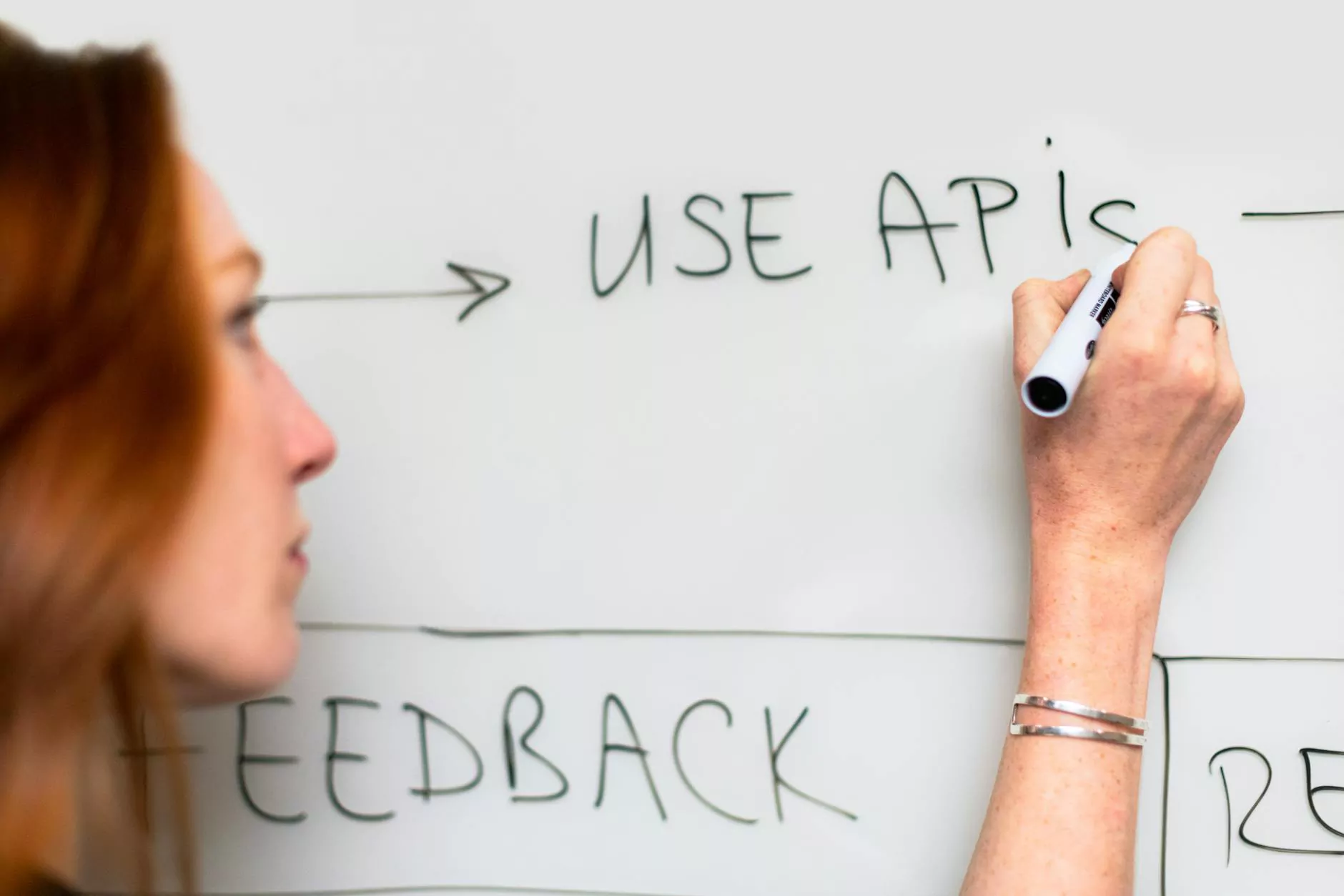How to Make Your Rails Application Multilingual
Blog
As a business operating in the digital age, it is essential to cater to a global audience. Making your Rails application multilingual allows you to reach and engage with users from different parts of the world. At Your SEO Geek, one of the leading SEO agencies in Buffalo, we understand the importance of multilingual functionality in enhancing user experience and driving organic traffic. In this comprehensive guide, we will provide you with expert insights on making your Rails application multilingual.
Why Multilingual Functionality Matters
Having multilingual functionality in your Rails application can open up new opportunities for your business. Here's why it matters:
- Expanded Global Reach: By catering to multiple languages, you can reach a broader audience, increasing your business's global presence.
- Improved User Experience: Providing content in users' preferred languages enhances their experience, leading to higher engagement and longer session durations.
- Increased Conversion Opportunities: When users can access your website or application in their native language, they are more likely to convert into customers.
Key Steps to Make Your Rails Application Multilingual
Now, let's dive into the steps involved in making your Rails application multilingual:
Step 1: Internationalization (I18n) Configuration
Internationalization (often referred to as I18n) is the process of designing and developing software that can be adapted to different languages and regions without software changes. In your Rails application's configuration files, set the default locale and enable I18n gem.
Step 2: Translations
Translating your application's content is crucial to make it multilingual. Utilize the I18n gem's translation features to define translation files for each locale. These files will contain key-value pairs for translating various interface elements, such as titles, labels, and error messages.
Step 3: Dynamic Routing
To ensure each language version of your application has its own URL structure, implement dynamic routing. This redirects users to the appropriate translated pages based on their language preferences.
Step 4: Language Switcher
A language switcher allows users to switch between different language versions of your application easily. Implement a language selector widget or dropdown menu to enhance user accessibility and ensure seamless navigation.
Step 5: Localization of Date, Time, and Numbers
In addition to translating content, consider localizing date, time, and number formats. This makes the user experience more intuitive and aligned with the preferences of different locales.
Work with Your SEO Geek - Leading SEO Agency in Buffalo
At Your SEO Geek, we specialize in helping businesses achieve their digital marketing goals. As one of the leading SEO agencies in Buffalo, we understand the significance of a multilingual website or application in expanding your reach and driving organic traffic. By incorporating our expertise and following the best practices mentioned above, you can create a highly optimized and user-friendly multilingual Rails application.
Don't settle for average - choose Your SEO Geek for all your digital marketing needs. We are the go-to SEO company in Buffalo with a team of experts dedicated to delivering exceptional results. Contact Your SEO Geek today to take your online presence to the next level!










